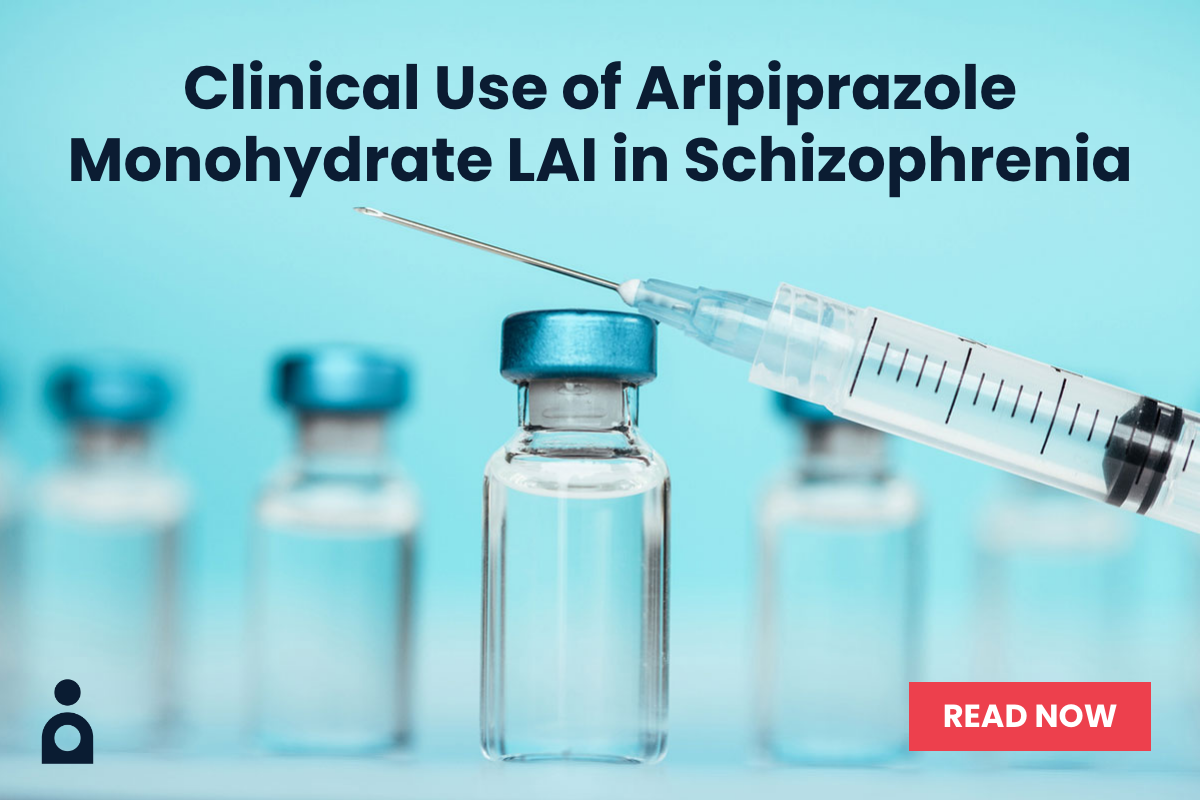Objective: Mental health conditions (MHCs) have substantial personal and economic costs for children with autism spectrum disorder (ASD); yet, a current population-based prevalence estimate is lacking.
Methods: This study included 42,283 caregivers of children (ages 3-17 years) from the 2016 population-based National Survey of Children’s Health. Prevalence and correlates of caregiver-reported MHCs were estimated in children with ASD and compared with those in children with intellectual disability (ID), children with special health care needs (SHCN), and “all others” (no ASD, SHCN, or ID).
Results: 77.7% of children with ASD had ≥ 1 MHC; 49.1% had ≥ 2. The most common MHCs were behavior/conduct problem (60.8%), anxiety problem (39.5%), attention deficit disorder (ADD)/attention-deficit/hyperactivity disorder (ADHD) (48.4%), and depression (15.7%). Substance abuse was the only MHC less common in ASD. MHCs were more common in youth with ASD versus SHCN, “all other” youth, and those with ID. MHCs were common in ASD by ages 3-5 years (44.8% ≥ 1 condition) and increased with age (85.9% ≥ 1 condition, ages 12-17 years). Among children with ASD, girls had twice the odds of an anxiety problem, those with ID had 4 times the odds of behavior/conduct problem, and those with childhood adversity had greater odds of an anxiety problem (odds ratio [OR] = 2.66) and ADD/ADHD (OR = 1.99).
Conclusions: Caregiver-reported MHCs are prevalent in children with ASD in the US from a young age and characterize > 85% by adolescence. There is an outsized need for effective MHC assessment and treatment of these youth that demands expedient innovation in both MHC and developmental disability policy and practice.
Members Only Content
This full article is available exclusively to Professional tier members. Subscribe now to unlock the HTML version and gain unlimited access to our entire library plus all PDFs. If you’re already a subscriber, please log in below to continue reading.
Please sign in or purchase this PDF for $40.00.
Already a member? Login




